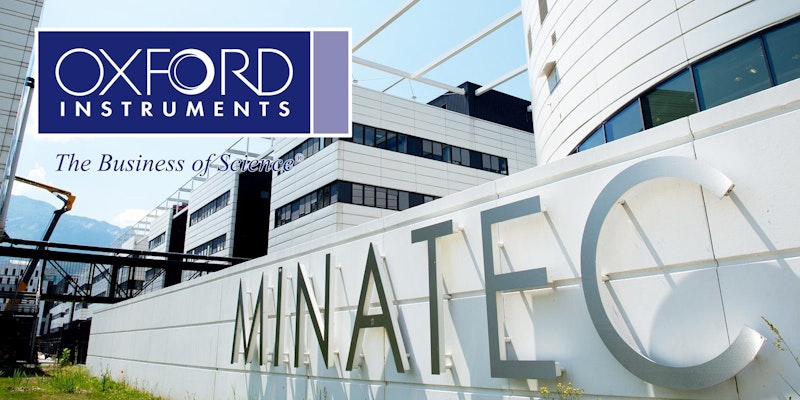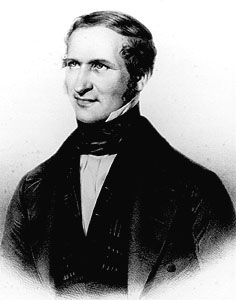We are very happy to have a Candian company exhibiting at the joint EuroCVD-Baltic ALD 2017 conference in Sweden. Pleas hurry up to book your exhibition table since we have only 9 left and we will most probably sell out theexhibition.
Since 2009, Meaglow has been manufacturing crystal growth research
reactors and supplying Hollow Cathode Plasma Sources to upgrade ALD,
MOCVD, MBE, and other custom systems. Notable achievements include
growing yellow InGaN thin films in the green gap, featured in Compound
Semiconductor, and Semiconductor Today.
Meaglow was founded by Scott Butcher,
with over 20 years of nitride semiconductor experience, more than 100
referred journal and conference papers published, Dr. Butcher is an
expert and pioneer in the industry. Holding eight patent families
globally and being involved in three prior start up companies in
addition to Meaglow Scott’s prior technologies have attracted over $20
million in funding to bring multiple thin film systems to market
Meaglow is well known in the ALD community for a range of hollow cathode (HC) plasma sources that they offer for PEALD.
Hollow cathode (HC) plasma sources, are an alternative to ICP and CCP
sources. They’ve been around for quite a number of years and have been
adopted for cathodic sputtering in PV systems, but past designs have
been overly complicated for many PECVD applications involving the
traditional material sets.(meaglow.com).



%20(1).png)











